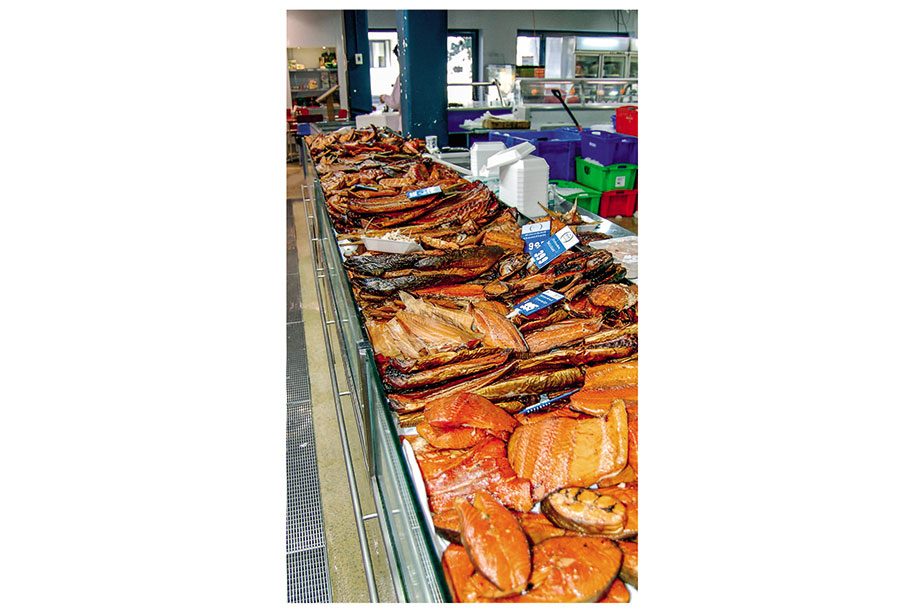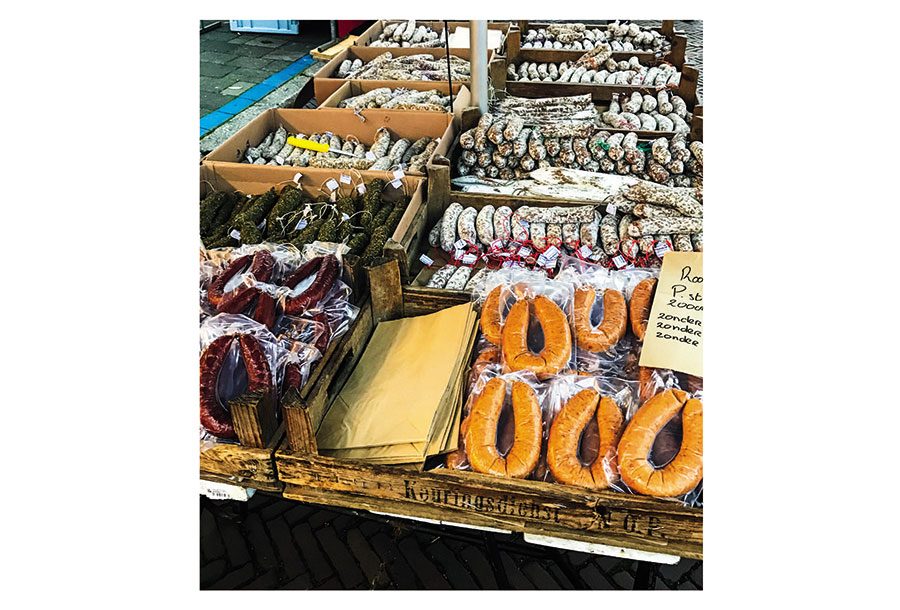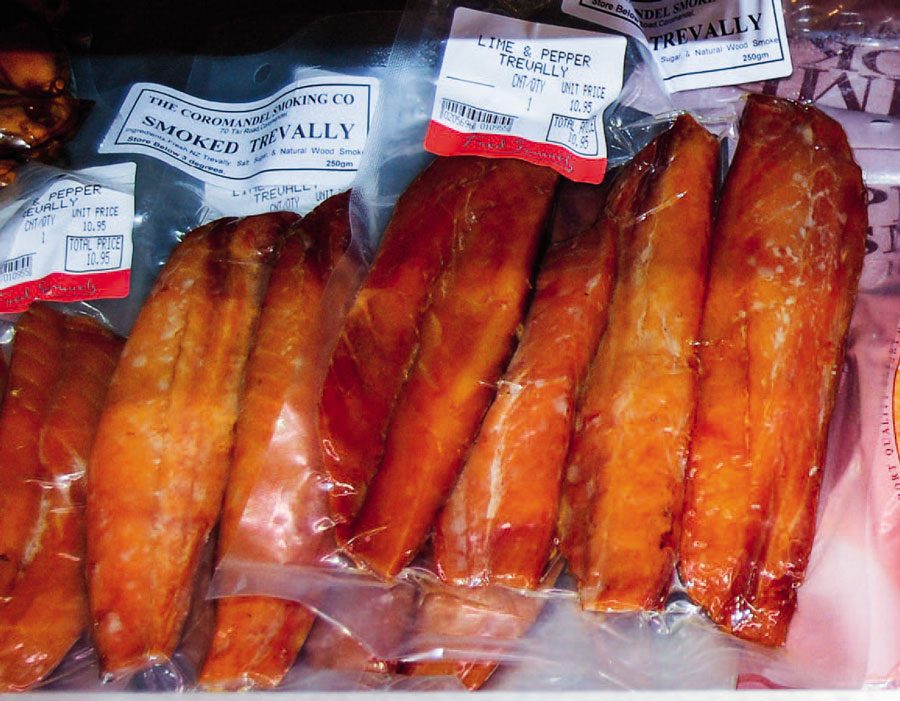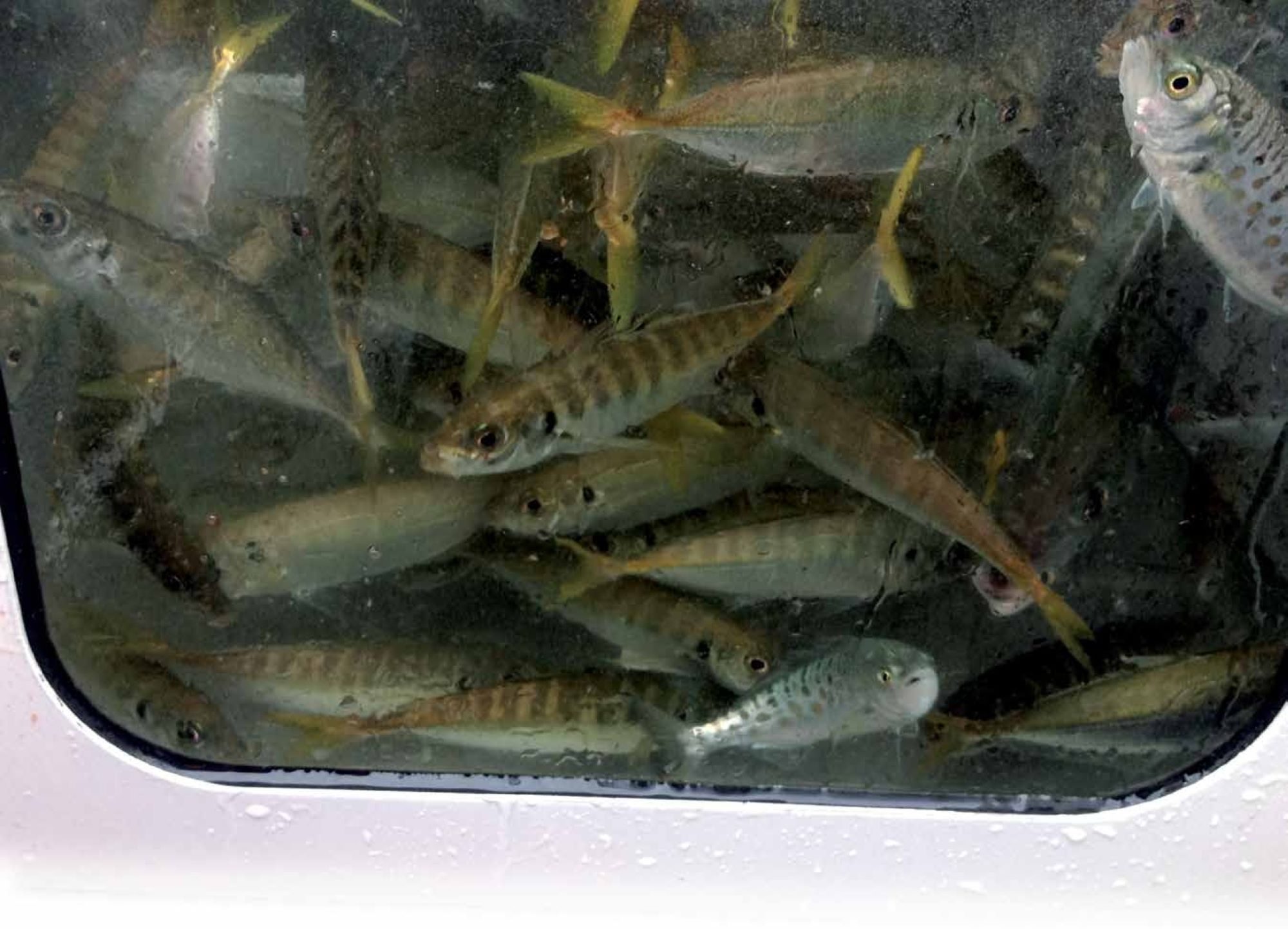

Smoking is one of the oldest methods of preserving perishable foodstuffs, including fish.
It probably arose out of the practice of drying food. Meat and fish can be preserved by drying in the air or over a slow fire. Air-dried fish remains popular with many ethnic groups, primarily those living in high latitudes.
In New Zealand, Maori preserved fish in huge quantities, usually by air-drying on racks exposed to the wind. Dried kahawai, sharks, barracouta and eels were staple foods, but most fish could be dried and the technique was also used to preserve the meat of sea mammals. Dried fish was a valuable commodity – coastal iwi traded it with inland people for handicrafts and forest goods.
While air-drying works well, the end result can be quite variable depending on weather conditions. Air-drying preserves food by dehydrating it, but too much humidity in the air can result in the food retaining too much water and spoiling before it properly dries. Dry air is a prerequisite for success.

Cold-smoked fish is popular with fish retailers around New Zealand. Many varieties of fish are offered for sale by this fishmonger.
Drying food works as well in cold climates as it does in hot ones, provided humidity is low. Meat and fish have been dried for thousands of years in cold areas where the air is also very dry – high latitudes and mountainous regions – as well as in areas with hot, dry climates. Cod has been air-dried in Spain and Portugal for centuries and Southern Africa is famous for its dried meat (biltong).
The alternative to air-drying food is drying it over a slow fire. Traditionally in Europe this was achieved by hanging meat or fish in the chimney – think bacon and ham. This method is more controllable and works everywhere, including in humid tropical regions. Most cultures are familiar with this style of food preservation.

Smoking is also used to flavour and preserve meat, like these smoked sausages at a European market.
Suspending food over a slow fire not only drives out moisture, it also subjects it to the effects of heat and smoke, which is why fire-dried/smoked meat and fish looks, feels and tastes different to air-dried products like bacalao (dried cod).
People clearly enjoy the flavour smoke imparts to food, which also undergoes other changes during the smoking process. It was quickly discovered that fish or meat treated with salt (which removes moisture) and then smoked didn’t need to be dried to the same extent to preserve it.
Perhaps only the Scandinavians love smoked fish more than Kiwis. We eat lots of it and smoking fish (and other foods) at home is a popular pastime. Although perhaps less common than it used to be given our now more urban lifestyle, a purpose-built smoker, or a garden shed, an old fridge, or a discarded stove converted into a smoker, is still a feature of many Kiwi backyards.
Various high-tech electric smokers are even more common, alongside BBQs that also smoke food and the ubiquitous meths- fired hot-smoking boxes sold cheaply by outdoors and marine outlets everywhere.
HOT OR COLD
The smoking process can be conveniently divided into two: ‘hot’ smoking, where the food is heated enough to cook completely and ‘cold’ smoking, where the heat is kept low enough that the food doesn’t cook in a conventional sense. Hot smoking is a quick process while cold smoking may take days or weeks.
Fish is usually ‘brined’ – soaked in salty liquid – overnight or longer before being wiped dry and smoked. The application of salt ‘cures’ the food and the salty brine needs to fully penetrate to preserve it, so the brining stage is vitally important for cold- smoked products.
Whether hot or cold smoking, the ‘cook’ usually adds flavours that will accentuate or complement the flavour of the smoke. Hot smoking is generally less involved, the cook rubbing the food with a good quantity of salt, usually mixed with sugar, herbs and other flavourings so the surface of the smoked food caramelises. You can use brine, but a dry salt rub does a pretty good job.
Done properly, cold smoking raises the internal temperature of the food to 30° C, but not much higher. A good smoker maintains a uniform temperature throughout the smoking process, maintaining the food’s internal temperature at the magic 30°C. Smoking can last a few hours or as long as 30 days, but fish is usually smoked for a shorter time than meat.

Smoked fish for sale in a high-end delicatessen, vacuum-packed and labelled.
Hot-smoking cooks the food, raising the internal temperature to over 100°C, so ultimately curing is less important. Hot-smoked fish keeps well in the fridge – longer than fresh or cooked fish – but nowhere near as long as cold- smoked fish.
Additional flavours may be added to the brine or salt rub, or during the smoking procedure, and the flavour of the smoke can be altered too, by burning different woods and adding flavours to them.
Commercial smokehouses generally employ the cold smoking method, using their own special brine recipe, custom flavourings and smoke regimes which may differ considerably between smokers. In New Zealand, manuka/ kanuka wood is favoured by many commercial and recreational smokers for its distinctive taste and smell, but the wood, wood shavings, wood chips and sawdust of many different trees can be used to make smoke.
Various fruit woods like apple or cherry impart a slightly sweet flavour, while hardwoods like pohutukawa, oak and maple provide more robust flavours. Cedar wood smoke has a strong taste that makes it especially suitable for smoking oily fish like salmon. Avoid soft, sappy woods like pine, which contain too much tar and other toxins, and never use treated timbers or sawdust.
Packaged wood chips and sawdust intended for smoking meat and fish is readily available from outdoors, marine and BBQ outlets.
Some commercial smokehouses service food retail outlets exclusively, but most also offer smoking services to individuals. Many coastal towns and villages have a resident ‘smokie’ who can smoke all or part of your catch, including large fish such as marlin and swordfish. These businesses are well worth seeking out.
Vacuum-packed cold-smoked fish will keep for a couple of weeks in the fridge and months or even years when frozen, but no more than a day or two unrefrigerated. Salmon keeps less well than some other fish.

Mike Toomer of Blink’s Smoke House takes pride in every aspect of his work.
BLINK’S SMOKE HOUSE – WHITIANGA
Bruce Toomer learned about fish smoking from Whitianga local Mike ‘Blink’ English, who went on to sell him Blink’s Smoke House in 2016.
Bruce took what had been essentially a small-scale hobby business and turned it into a highly-regarded fish smoking institution, endorsed by locals and visiting anglers from all over. Although Blink was responsible for building the wood-burning smokehouse that produces such consistently high-quality smoked fish, it was Bruce who took the next step by really focussing on fish preparation, taste and presentation.
Bruce takes particular care when butchering and trimming his fish, always removing the bloodline and keeping portion sizes consistent for even smoking. All Bruce’s fish is brined, with the time spent in the brine dependant on the species. For example, kingfish and snapper is brined overnight; marlin and tuna for two or three days.
Time in the smoker also varies according to species. Marlin typically remains in the smokehouse for 24 hours, including cooling and resting. With careful butchering and trimming, a marlin typically yields around 47% of its green body weight in smoked fish.
Bruce likens striped marlin to lamb and blue marlin to mutton: “Blues are a lot tougher and stronger in flavour,” he tells his customers, so they know what to expect. When I spoke to him he’d just finished dealing with the winning fish in the Kubota Billfish Classic Competition, a 250kg blue marlin which had been smoked for 14 hours and then rested inside the smokehouse for another 10 hours.
Bruce uses pohutukawa logs and mulch in Blink’s Smoke House. The relatively dark smoke produces good colour and flavour, which Bruce enhances further with a secret blend of herbs and spices rubbed onto the fish. He’d use fruit tree woods for smoke if they were available locally, but not manuka, since he says it produces a whiter, wetter smoke that doesn’t colour the fish as well. He also reckons manuka imparts a certain tanginess that’s not to everyone’s taste.
When the fish in Blink’s smokehouse is perfectly smoked and well- rested, it’s vacuum-packed and labelled ready for dispatch to the customer. Most of Blink’s customers are anglers. All the local charter skippers put their clients on to Bruce and he’s become adept at packaging smoked fish for overseas visitors to carry on their flights home. Blinks also offers a fish filleting and packaging service.
While the last 12 months have seen no overseas tourists – Australians fishing with local charter operators were important customers for Blink’s Smoke House – local and visiting Kiwis have kept Blink’s busy. In fact, except for August when Bruce takes a month off, he’s always busy because, just like those Aussies, New Zealand anglers know a good thing when they find one.
BLINK’S SMOKE HOUSE, 88 COOK DRIVE, WHITIANGA,
(07) 886 4515 OR BRUCE: 027 499 4548.




